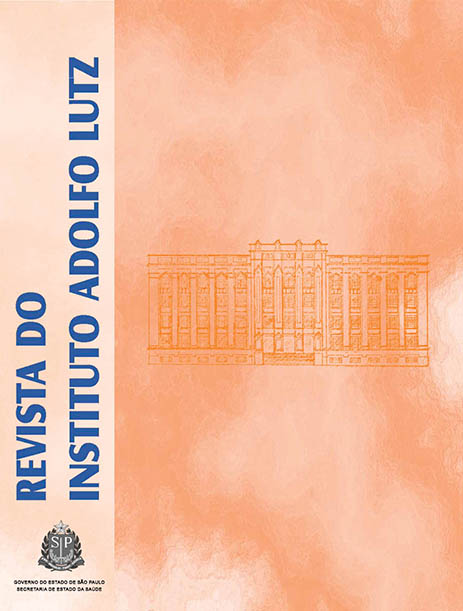Survival of pathogenic microorganisms in kefir
Keywords:
kefir, fermented milk, inhibition, pathogens
Abstract
Kefir is a homemade fermented milk produced by adding kefir grains. The domestic handling and the use of raw materials from different standards and sources, and the lack of inspection by qualified professionals, all this classify kefir as a food which might represent potential risks to human health. This study aimed at evaluating the pathogens survival during the kefir fermentation process. Kefir grains were added into portions of UHT skimmed milk which were experimentally contaminated with Escherichia coli O157:H7, Salmonella Typhimurium and Enteritidis, Staphylococcus aureus and Listeria monocytogenes. Analyses of the microorganism isolation in these milk samples were carried out at 0, 6, 12, 48 and 72 hours of fermentation process. Salmonella Typhimurium and Enteritidis survived for a 24-hour period in fermenting kefir. Escherichia coli O157:H7, Staphylococcus aureus and Listeria monocytogenes were recovered in less than 72 hours after the fermentation process was initiated. Under the conditions and the microorganisms concentrations established in the present study, the analyzed pathogenic bacteria survived for a period longer than those used for homemade kefir fermentation, and this one might be a potential hazard for human consumption.
Published
2012-01-01
How to Cite
Dias, P. A., Silva, D. T. da, Tejada, T. S., Leal, M. C. G. M., Conceição, R. de C. dos S. da, & Timm, C. D. (2012). Survival of pathogenic microorganisms in kefir. Revista Do Instituto Adolfo Lutz, 71(1), 182-186. Retrieved from https://periodicoshomolog.saude.sp.gov.br/index.php/RIAL/article/view/32410
Issue
Section
BRIEF COMMUNICATION










